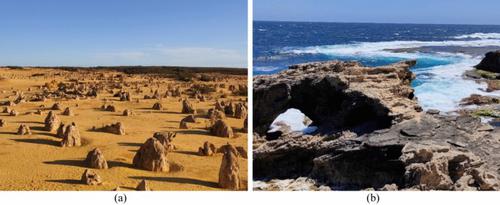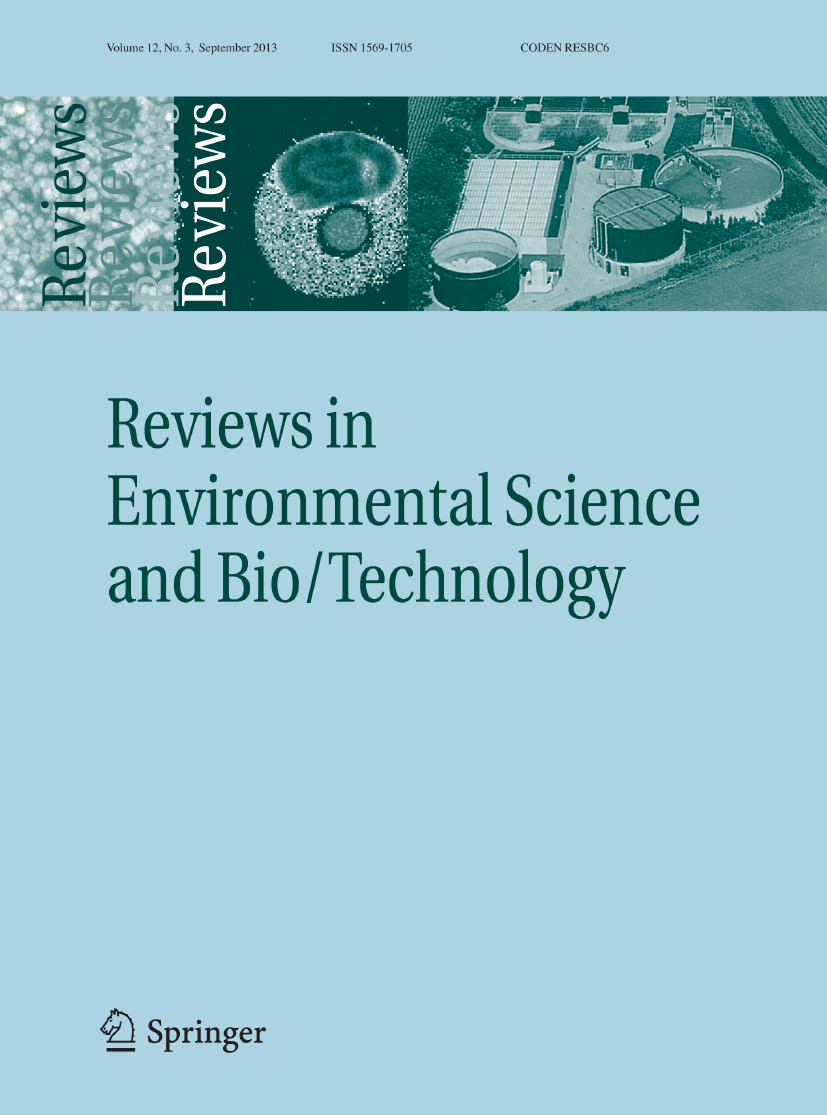Soil erosion is a complex natural process that occurs by either individual or combined actions of wind, hydraulic currents, waves, and rain. This study comprehensively reviews biocementation-based soil stabilisation techniques for developing erosion-resilient landforms through an ecologically conscious strategy. The different pathways for biocementation occurring in nature are discussed with a focused view on the microbially induced carbonate precipitation (MICP) technique. MICP relies on biogenic calcium carbonate (CaCO3) precipitation via the urea hydrolysis route to bind the soil grains. The kinetics and factors affecting MICP are succinctly discussed to highlight the practical challenges associated with biocementation. This study emphasises the influence of MICP on erosion resistance (aeolian and hydraulic) and geotechnical properties of soils. The critical assessment of the previous studies revealed that aeolian and hydraulic erosion can be effectively controlled with a small to moderate quantity of biogenic CaCO3 (2% to 10% of soil weight). MICP marginally influences the hydraulic conductivity of soils with a substantial improvement in compressive strength, making it desirous over traditional soil cementation agents for erosion control due to the limited intervention to natural groundwater flow. However, the scientific design and findings of the previous laboratory-scale and pilot-scale research are still inconsistent for standardising biocementation techniques to transition towards upscaling. This study presents critical insights to the researchers of the environmental, geotechnical and geoenvironmental engineering domains to design their upcoming studies to tackle the challenges required for upscaling biocementation technology.



